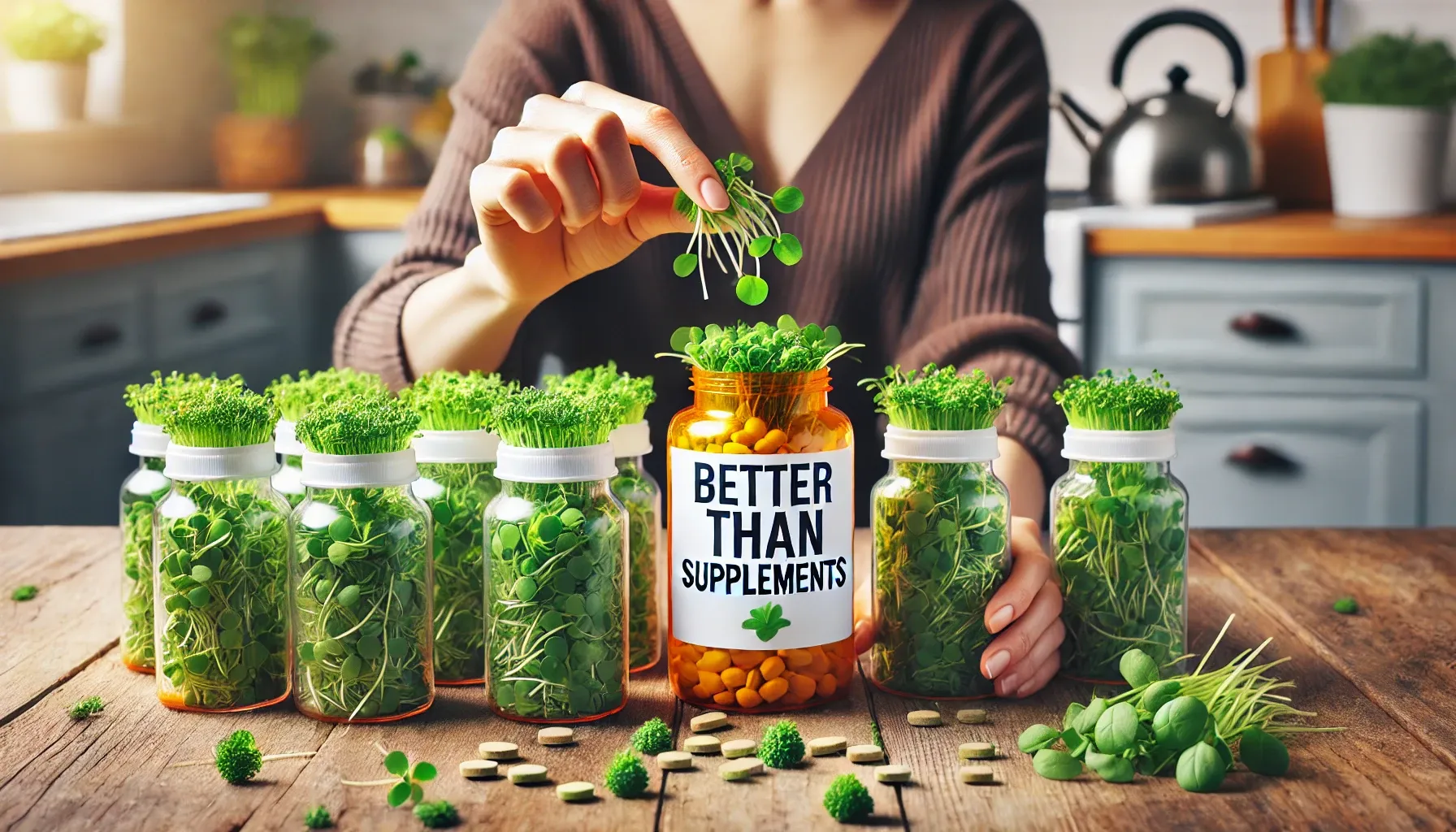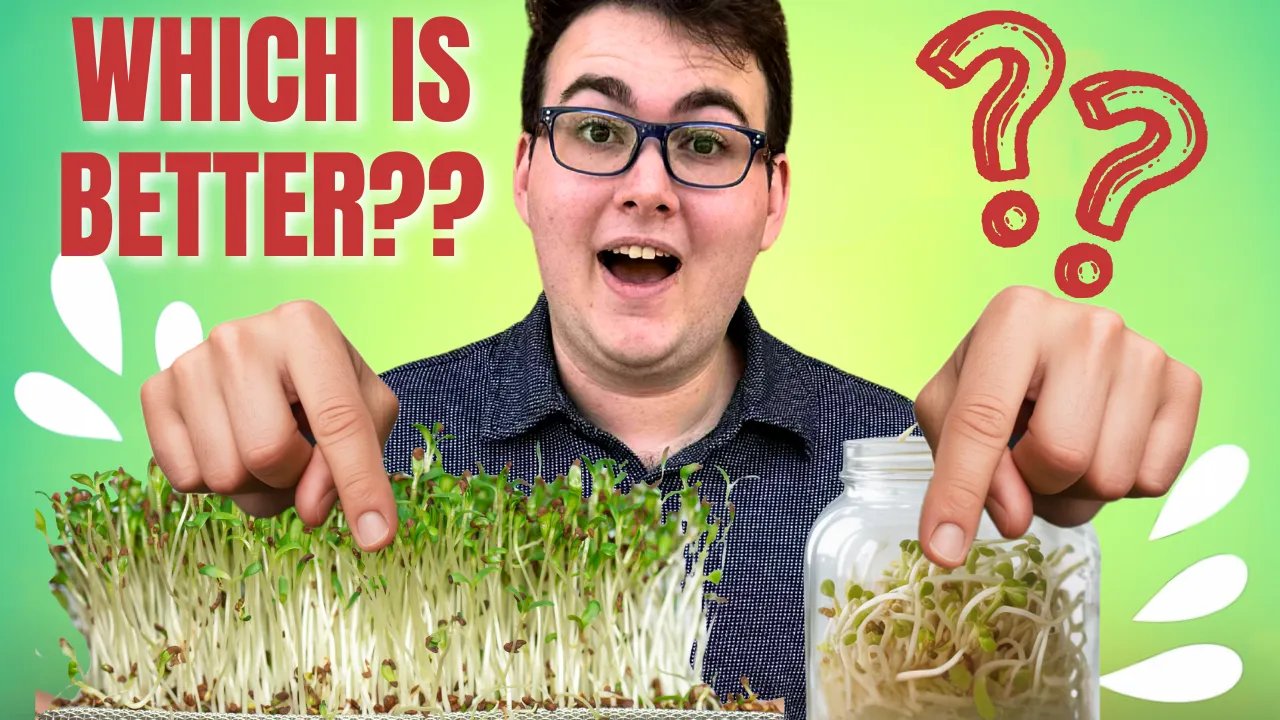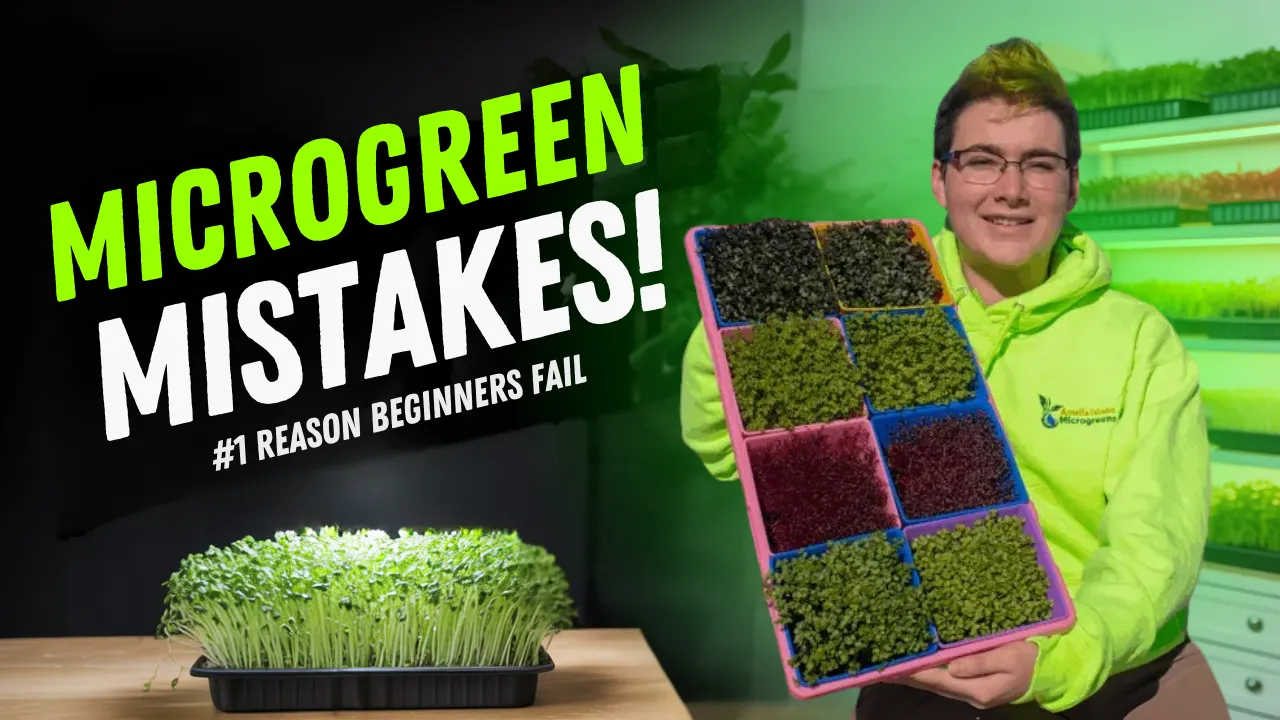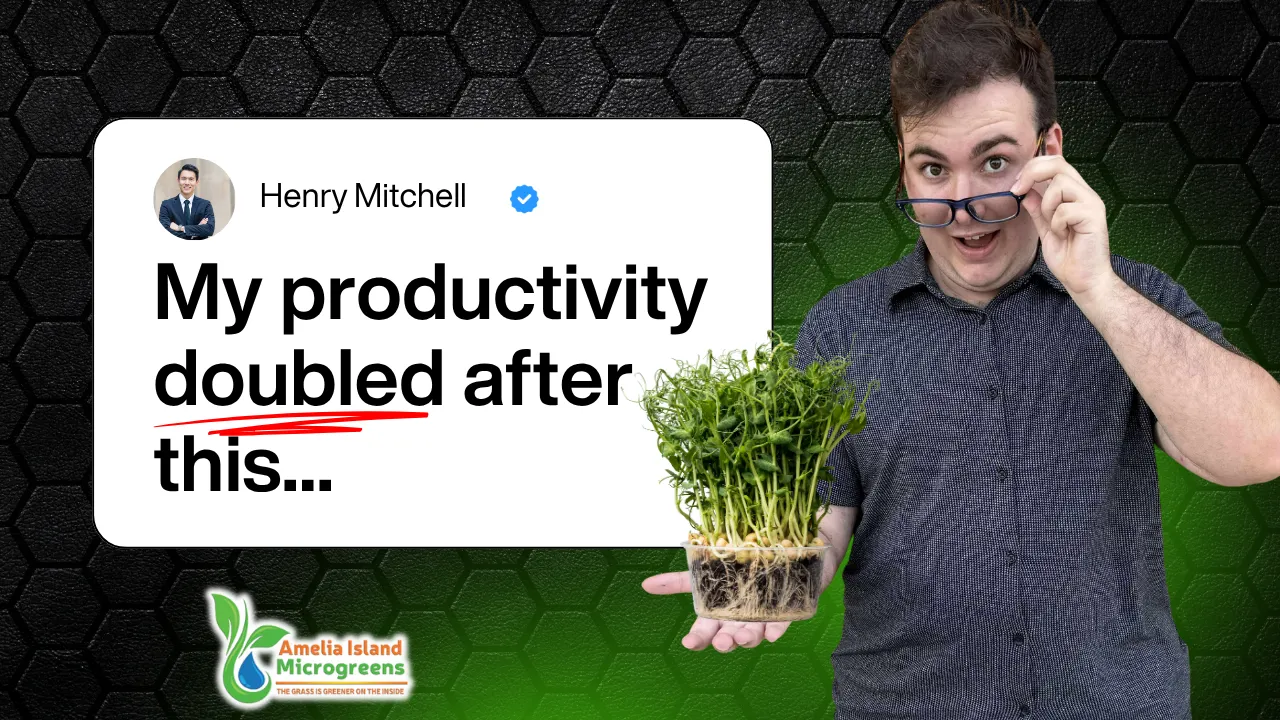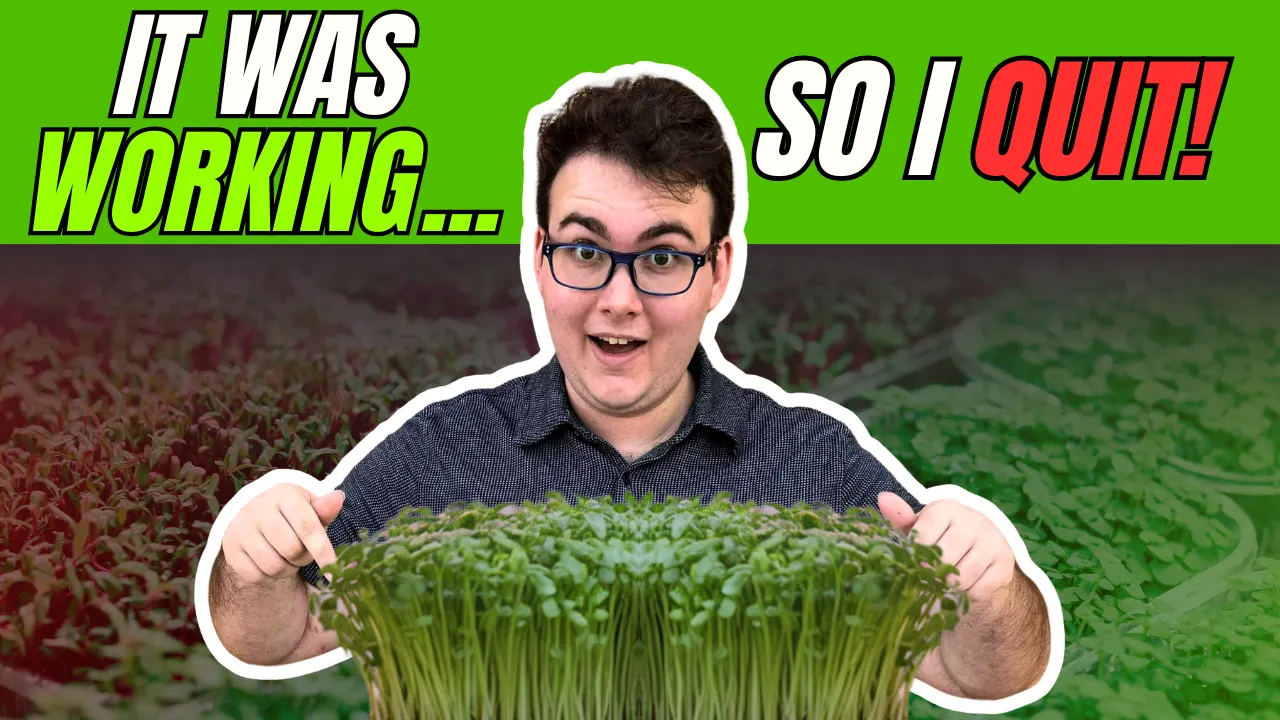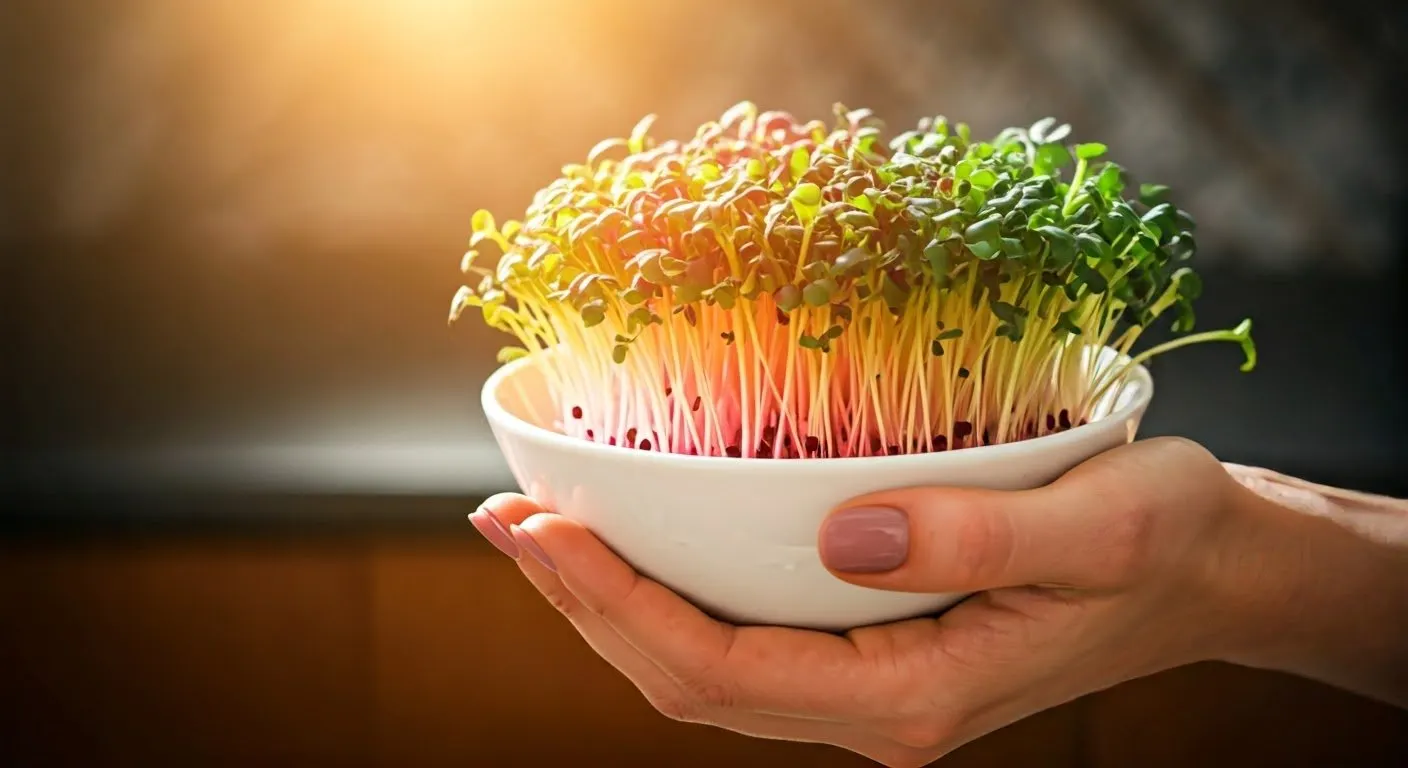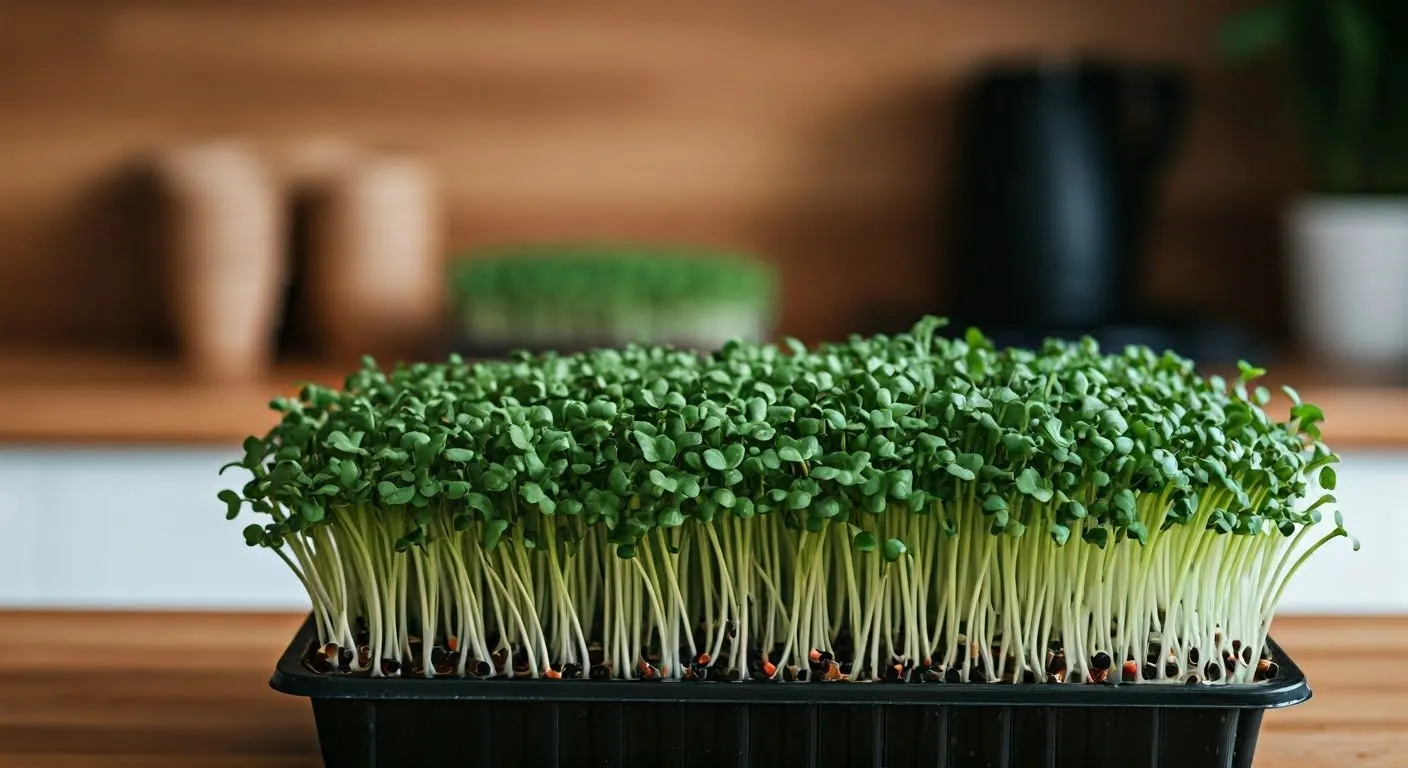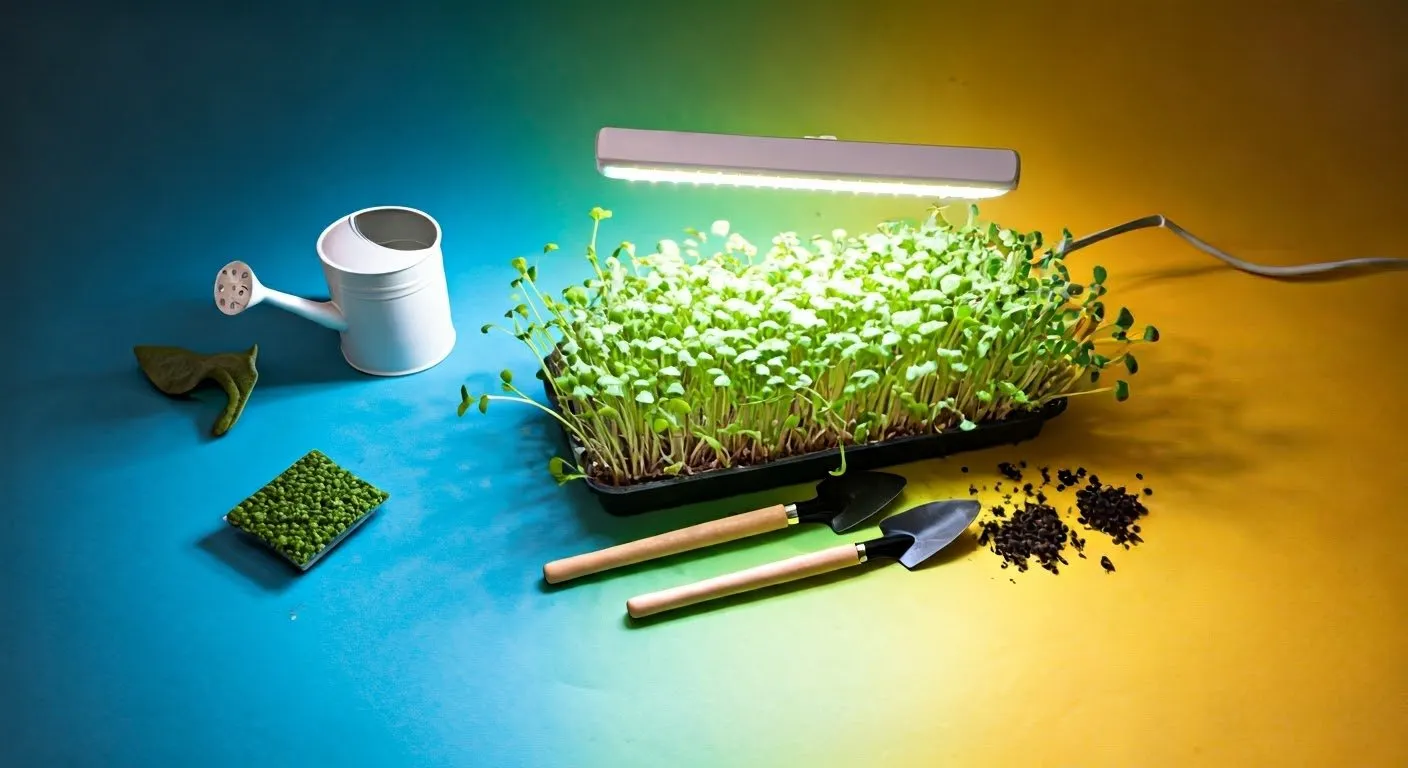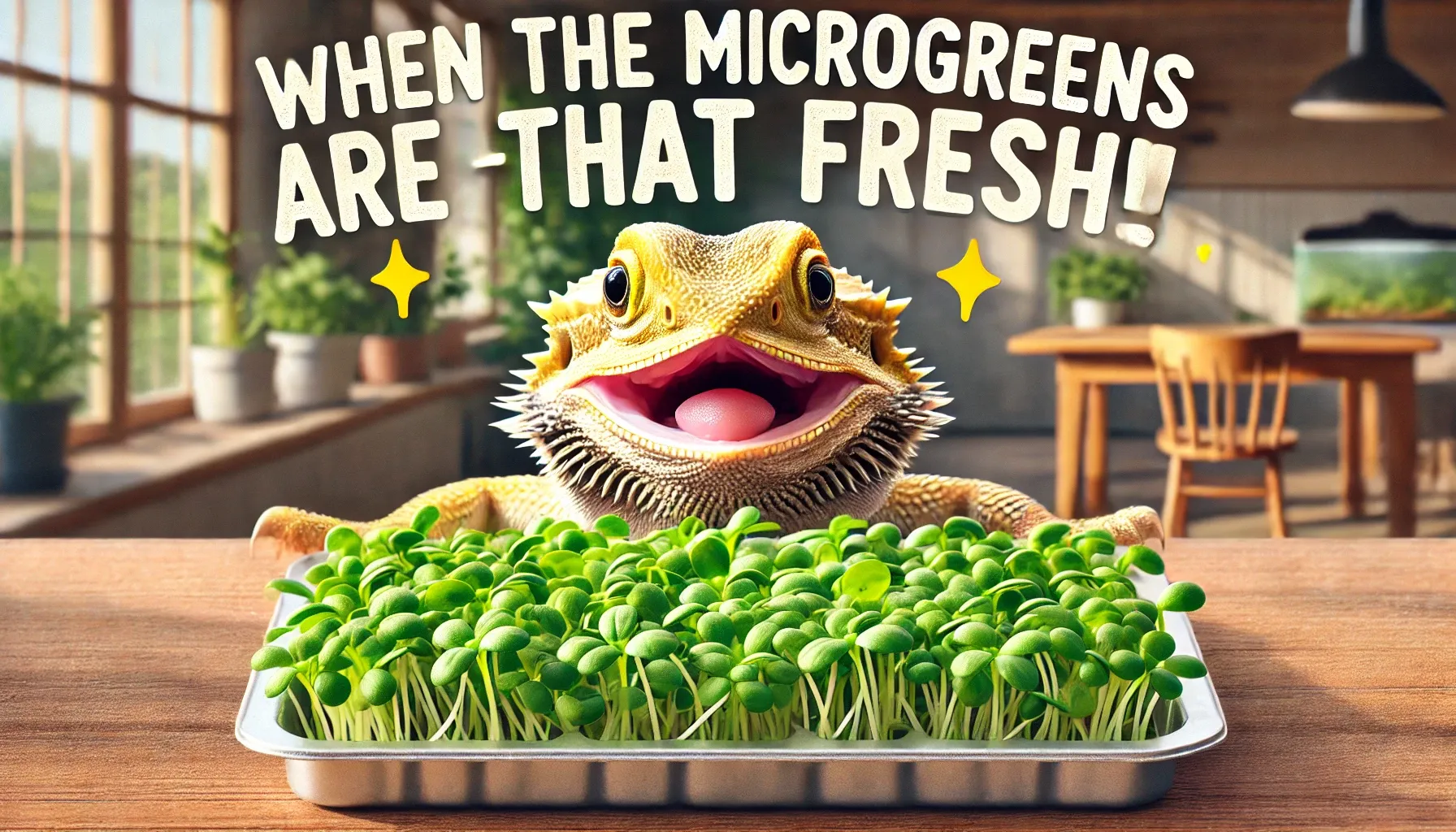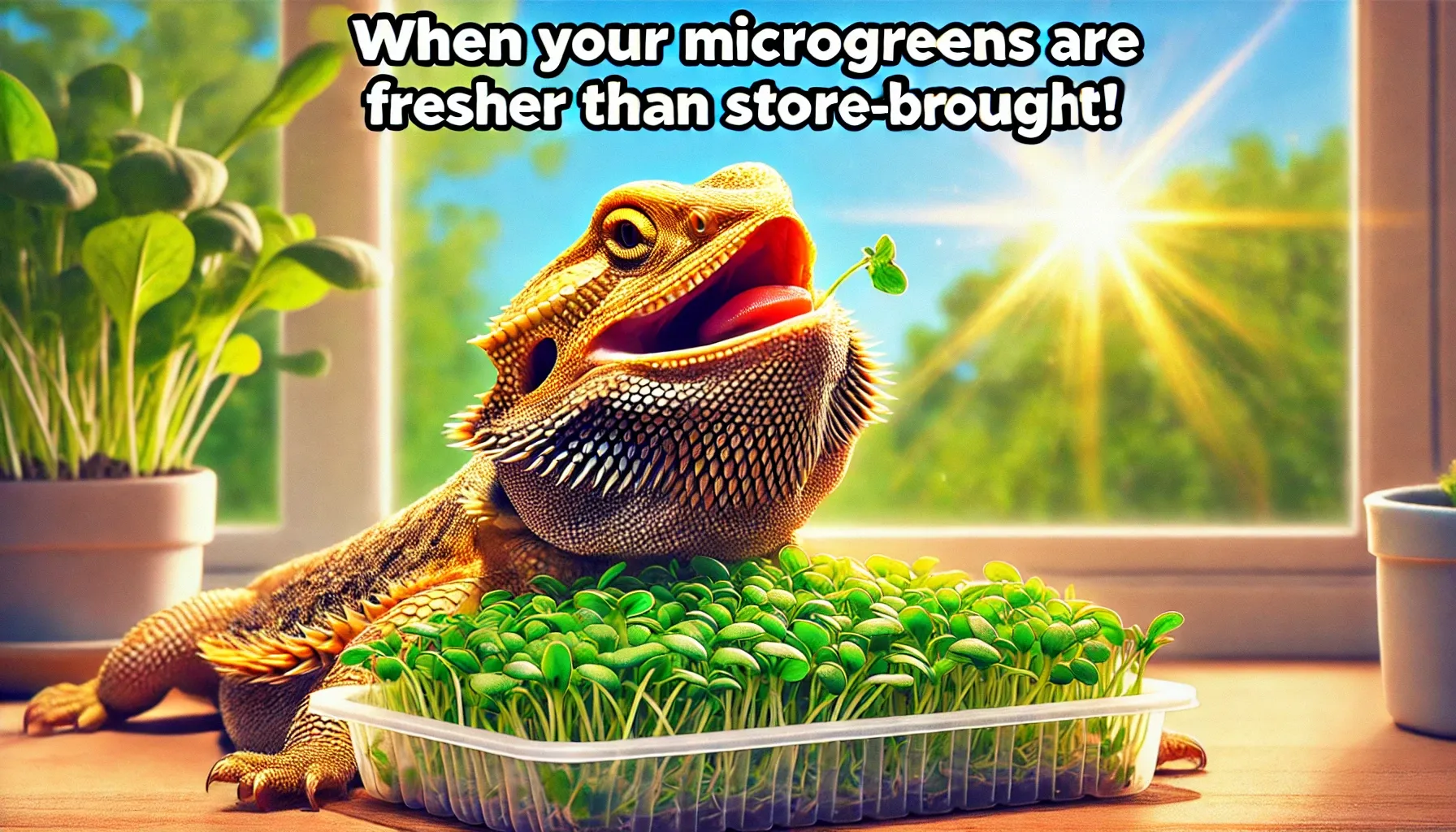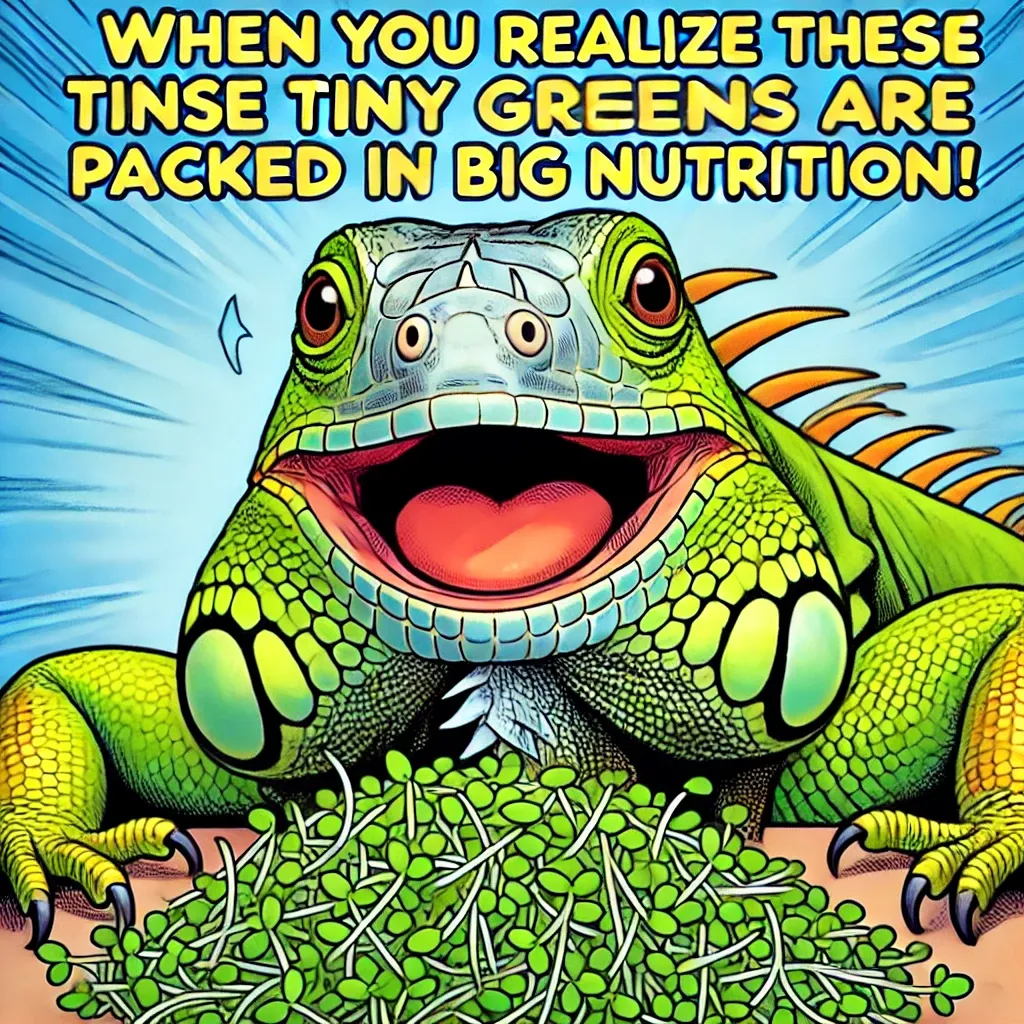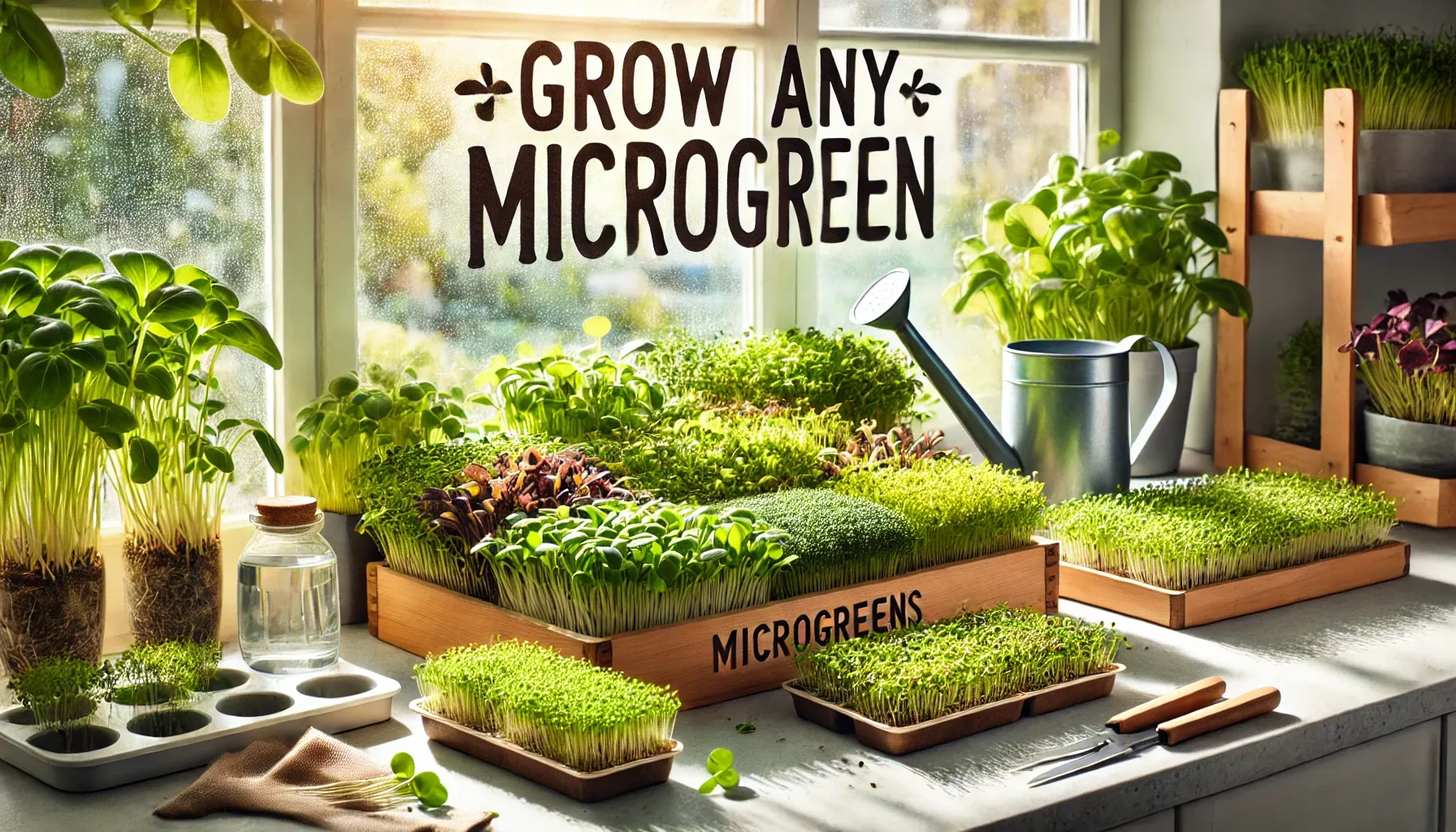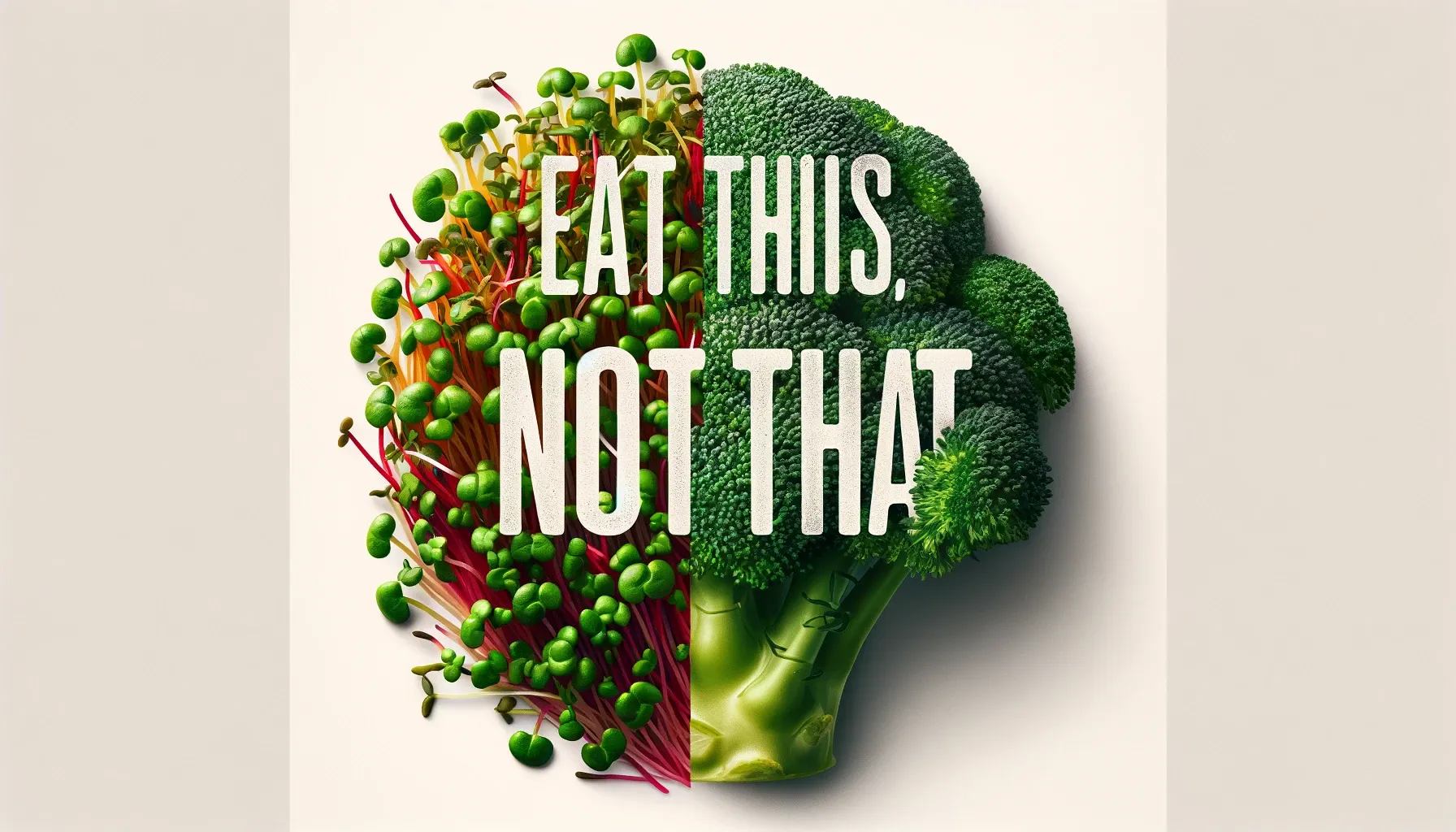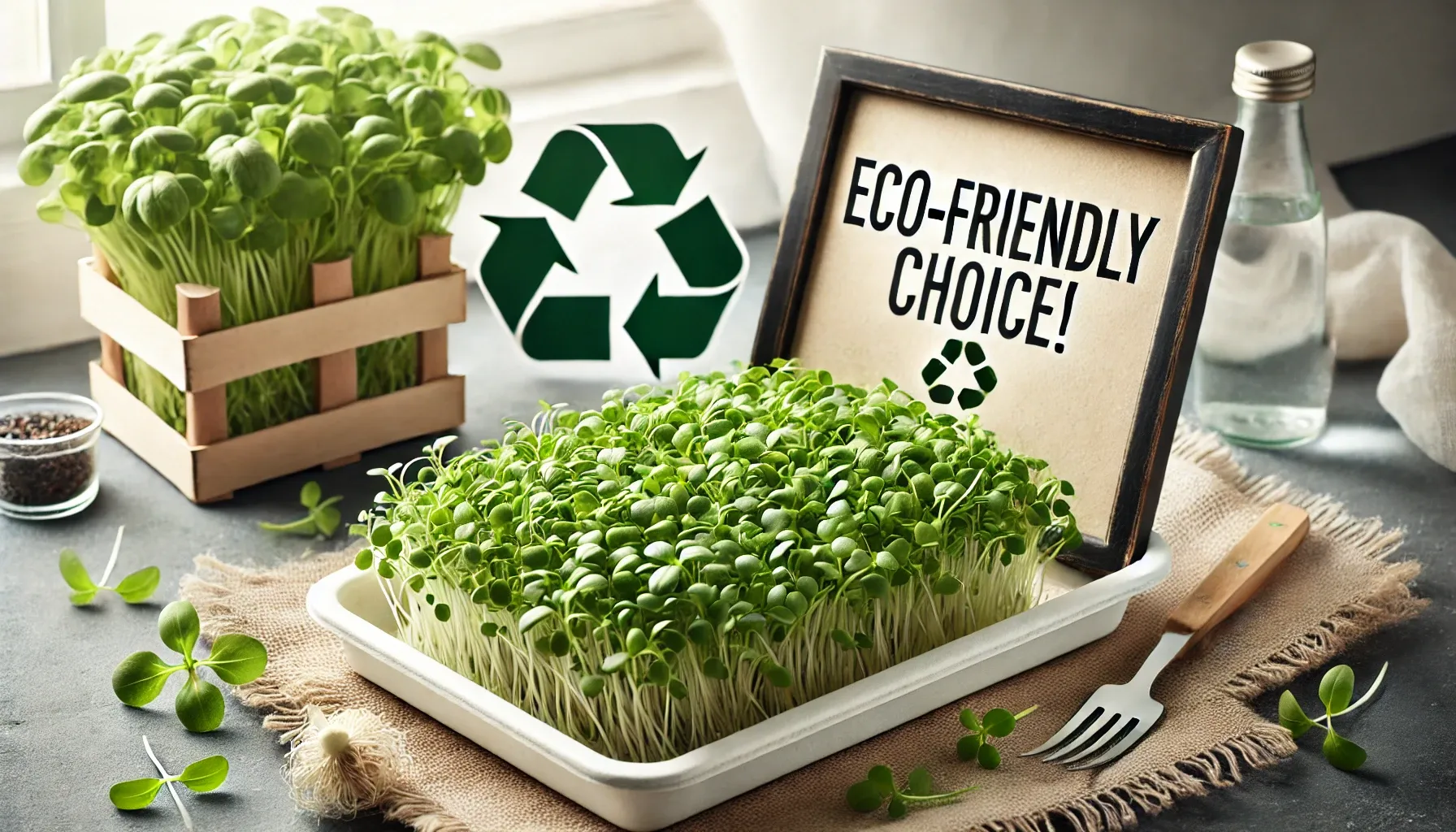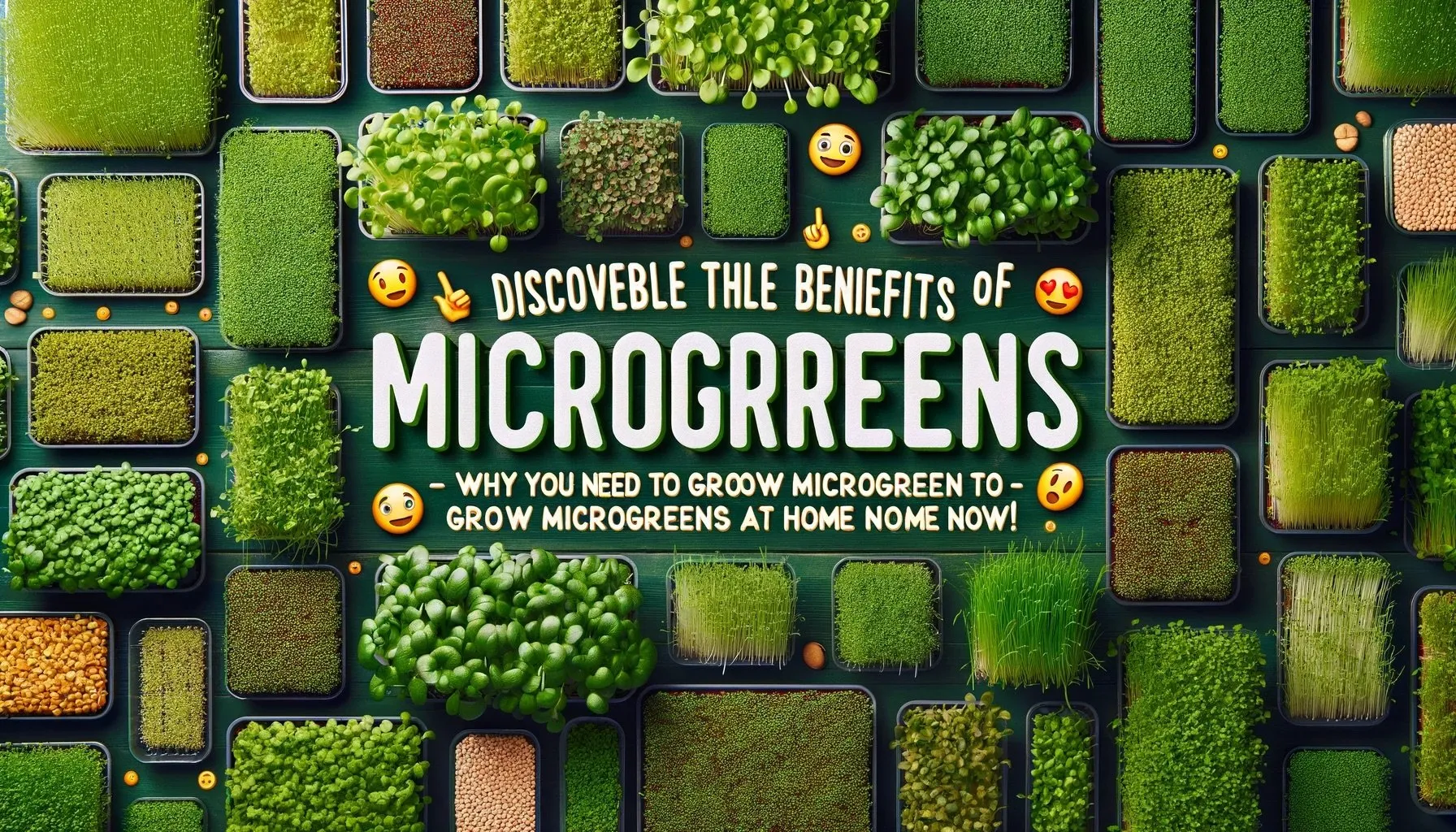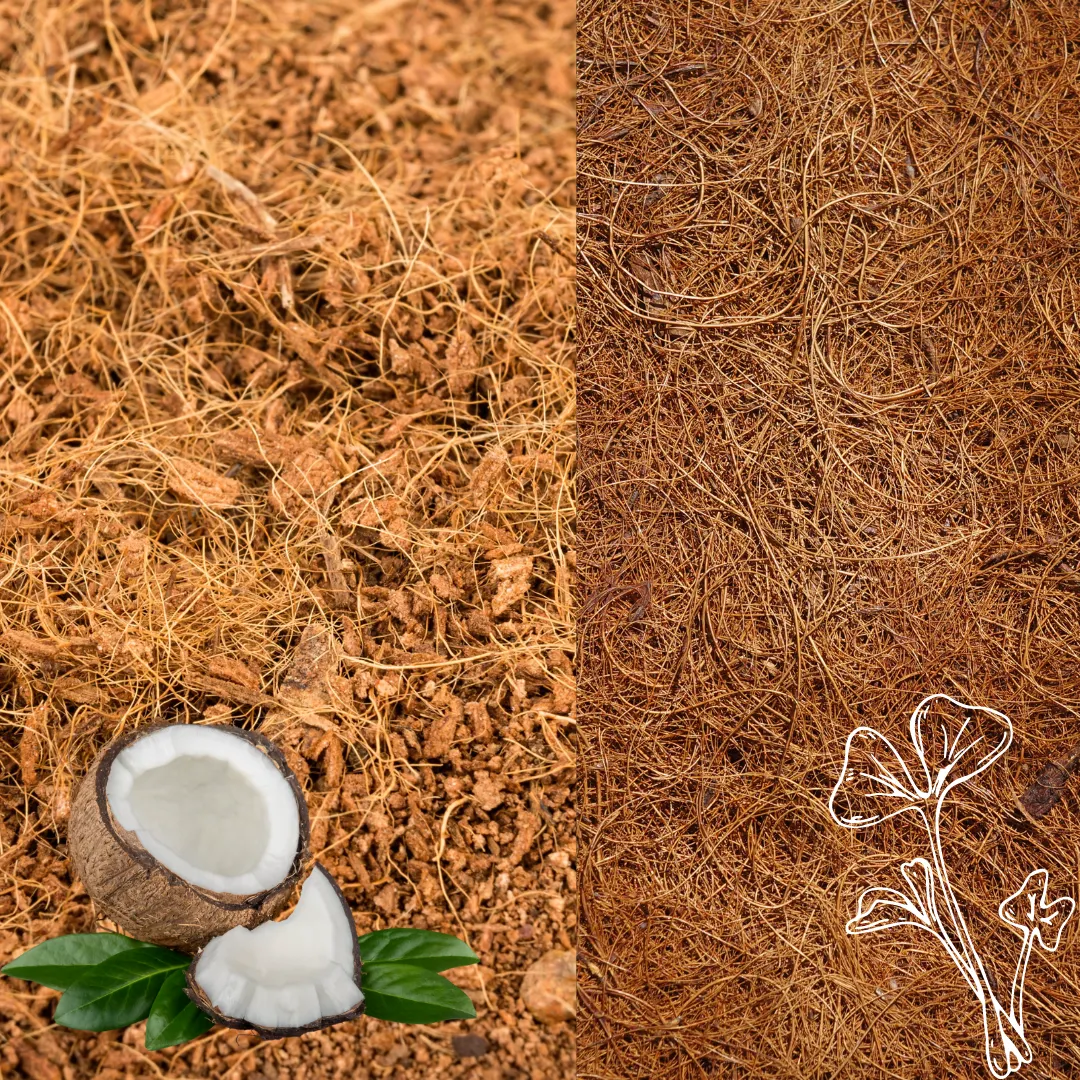Are You Spending a Fortune on Supplements? Here’s Why Microgreens Might Be the Game-Changer You’ve Been Missing!
If you’re like me, you probably have a cabinet stuffed with supplements. We’re all chasing that one magic pill that’s going to make us feel incredible, live longer, and dodge every illness in sight. But what if I told you that the secret to unlocking those benefits isn’t in another pricey bottle? It’s in microgreens—yep, those tiny little plants you’ve probably seen at the grocery store but walked right past. Trust me, after learning what these babies can do, you’re going to want to start adding them to everything you eat!
Dr. Berg Dropped Some Serious Knowledge on Sulforaphane
I just watched this video from Dr. Berg, and let me tell you, my mind is blown. He’s talking about sulforaphane, a nutrient that has been studied over 2,000 times, and the results are insane. We’re talking anti-cancer properties, anti-inflammatory effects, better blood sugar control—the list goes on. And here’s the kicker: the best source of sulforaphane isn’t in some exotic supplement; it’s in microgreens, particularly broccoli microgreens.
You heard that right. Those tiny, adorable plants contain 10 to 100 times more sulforaphane than mature broccoli. Let that sink in for a second. You could be munching on a mountain of mature veggies, or you could eat a small handful of microgreens and get way more of this incredible nutrient. It’s almost too good to be true, but the science backs it up.
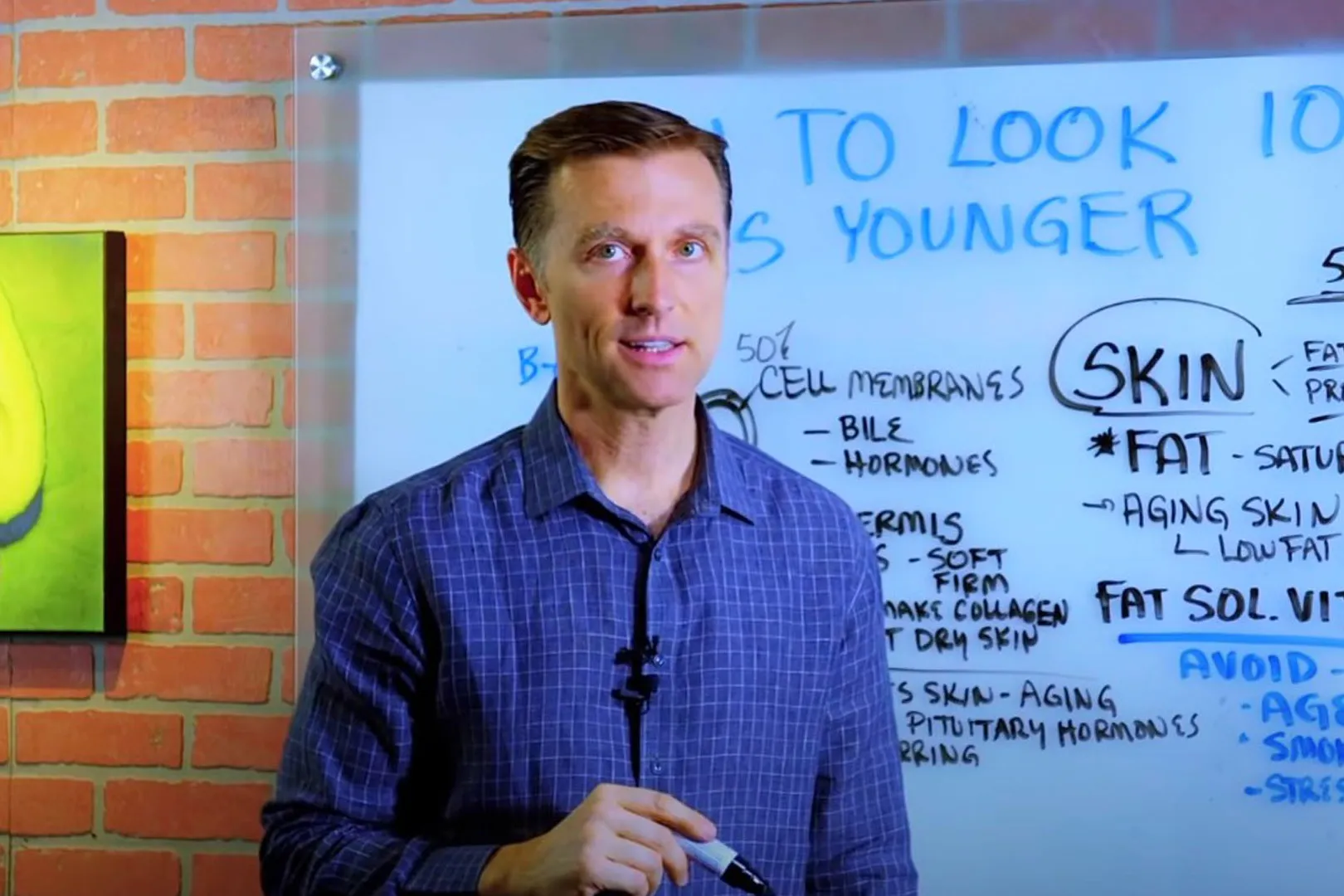
Who is Dr. Berg?
If you’re not familiar with Dr. Eric Berg, he’s a well-known health expert who has helped millions of people improve their health through diet and lifestyle changes. With over 30 years of experience in the health and wellness industry, Dr. Berg is a chiropractor who has specialized in weight loss and natural health. He’s also the author of several best-selling books and has a massive following on YouTube, where he shares insights on everything from nutrition to intermittent fasting. His advice is grounded in research and practical experience, making him a trusted source for those looking to live a healthier life.
Okay, so here’s the deal. Microgreens aren’t just smaller versions of your favorite veggies. They’re like the superheroes of the plant world. When a plant is in its microgreen stage—about 10 to 14 days old—it’s at its absolute peak in terms of nutrient density. Dr. Berg explains that in this stage, microgreens are bursting with phytonutrients, vitamins, and minerals, all while having fewer anti-nutrients compared to seeds or mature veggies.
The Many Health Wins of Sulforaphane
Here’s where things get really interesting. Sulforaphane is a phytonutrient that does more than just sit pretty in your body. It’s like a tiny switch that turns on your body’s natural defenses. Dr. Berg pointed out that sulforaphane can:
- Fight Cancer: It’s got potent anti-cancer properties that can help protect against environmental toxins like Benzene.
- Reduce Inflammation: Sulforaphane activates a protein in your body that fights inflammation, which is key if you’re dealing with anything from arthritis to Alzheimer’s.
- Support Heart Health: It helps your blood vessels stay healthy, reducing the risk of heart disease.
- Protect Your Brain: Sulforaphane has been studied for its ability to protect against brain-related diseases like Parkinson’s and Alzheimer’s.
And the best part? You don’t need to eat a ton of these greens to get these benefits. Just a small serving can make a big difference.
So, what do you think? Are you ready to give microgreens a try and see what all the hype is about? Watch Dr. Berg’s video and Join our FREE 10 pt series to get the full scoop on sulforaphane and why these tiny greens could be your new best friend. Let’s ditch the endless supplements and get back to real, whole foods that are bursting with benefits.
Why Microgreens Should Be Your New Health Habit
If you’re already popping pills for your health, it’s time to add some microgreens to your routine. They’re easy to grow at home, super affordable, and unlike supplements, they come with a whole package of nutrients that work together to boost your health. Plus, they taste amazing—mild, fresh, and perfect for tossing into salads, smoothies, or even just munching on their own.
Dr. Berg makes a great point about how most of us are getting way too many grains and not nearly enough of these powerhouse plants. By adding microgreens to your diet, you’re not just getting more sulforaphane—you’re also cutting down on the anti-nutrients that can block your body from absorbing important minerals like zinc and calcium. It’s a win-win!
Ready to Make the Switch? Here’s How
I know, adding something new to your diet can feel like just one more thing to do, but trust me on this—it’s worth it. Start by sprinkling some broccoli microgreens on your meals. You can find them at your local farmer’s market, grocery store, or even grow them yourself In 7 days! They’re easy to add to almost anything and pack a serious nutritional punch without the bulk of mature veggies. Our microgreen kits make it simple to grow fresh, nutrient-packed greens right in your own kitchen. In just a week, you’ll have your own supply of these powerful greens, ensuring you’re always stocked with the best nature has to offer.
Let’s Hear From You!
Do you have a favorite way to use microgreens, or are you just getting started? Share your tips, tricks, and thoughts in the comments below. I’m all ears and excited to see how you’re incorporating these little nutrition powerhouses into your life!

